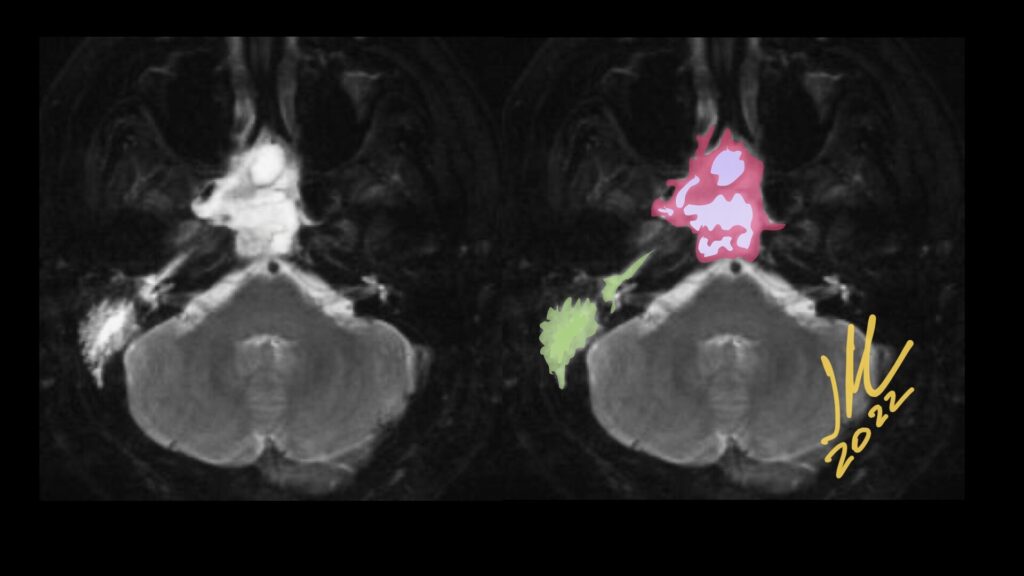
Primary nasopharyngeal adenoid cystic carcinoma (NACC), classified as a pathological type of adenocarcinoma, is a rare epithelioid malignancy that represents only 0.13% of all nasopharyngeal malignancies, but occurs most frequently in the salivary glands.
The main radiological characteristic is the tendency to perineural spread.
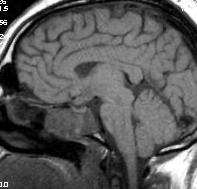
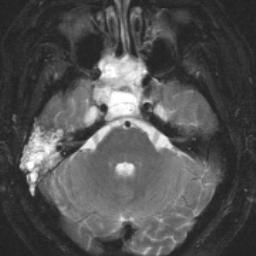
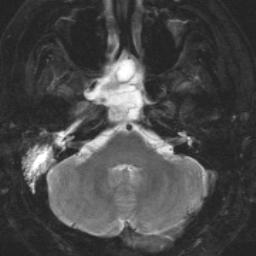
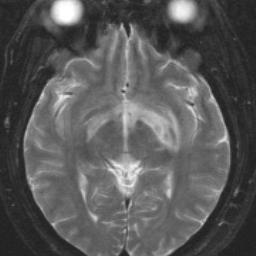

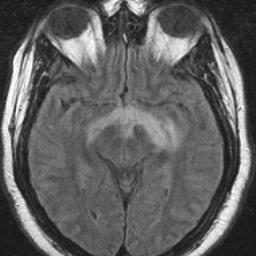
NACC lesions are located in the submucosal space of the pharyngonasal cavity without a well-defined boundary. Patients show masses with several obviously lobulated shapes, spreading along the interspaces around the cavity. the extension patterns and just characterized NACC as slow growth, frequent local recurrence, and metastatic spread.
the appearance in MR are isointense on T1, hyperintense-isointense on T2 and significantly contrast enhanced.
NACC is a malignant epithelial tumor of the salivary glands, occurring most frequently in the 5th decade of life, without sex predilection. It is the most common malignancy of the submandibular and minor salivary glands.
In the nasopharynx, NACC can vary in presentation from an asymptomatic mass to severe ear and neurological symptoms, such as ear pain, fullness, tinnitus, hearing loss, facial pain, unilateral migraine-like headache, paresthesias, numbness, sensory loss across the trigeminal nerve course, abducens or oculomotor nerve deficits.
Reference:
Nasopharyngeal adenoid cystic carcinoma: a rare nasopharyngeal tumor T. Papadas et al., European Review for Medical and Pharmacological Sciences, 2012
Dong J, Zhang L, Mo Y, Tian L, Liu L, Wu P. Discovery of Invasion Routes for Nasopharyngeal Adenoid Cystic Carcinoma. J Cancer 2015; 6(1):90-97. doi:10.7150/jca.10739. Available from https://www.jcancer.org/v06p0090.htm
Nasopharyngeal adenoid cystic carcinoma presenting with exophthalmos. Radiology Case Reports Volume 16, Issue 4, April 2021, Pages 956-960